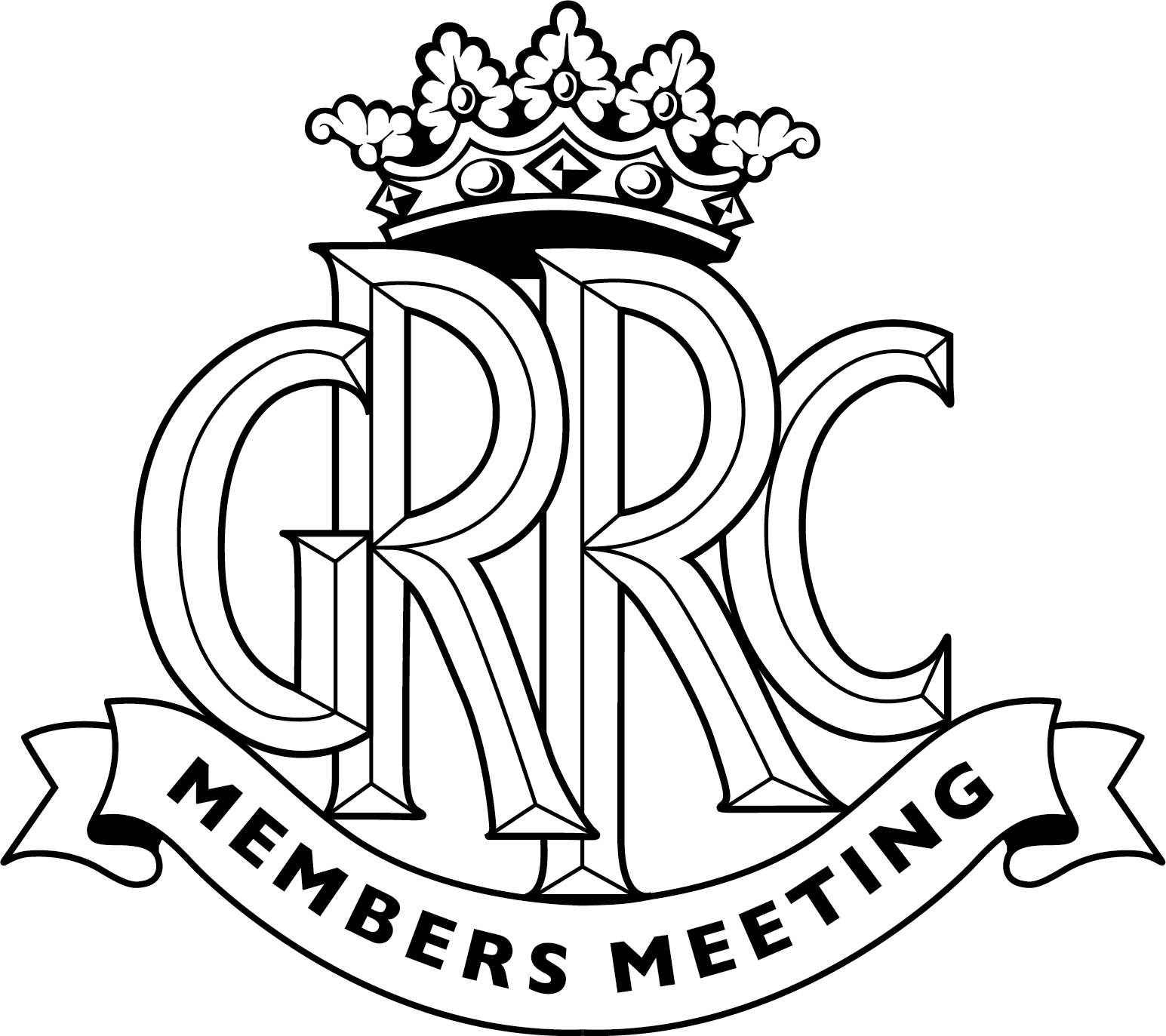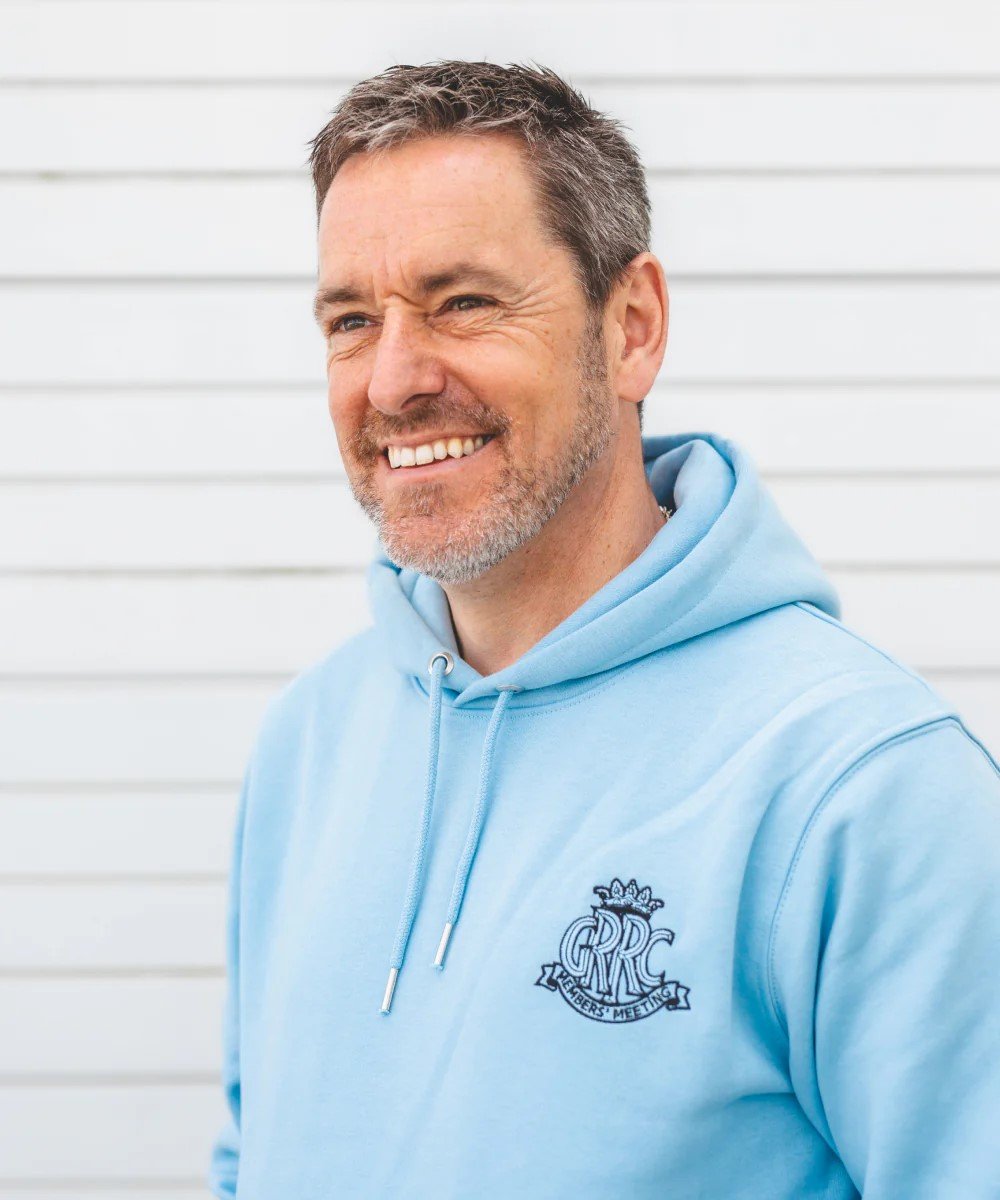The five coolest Dakar bikes from the last five decades
In 1977, after straying from the Abidjan-Nice Rally route, French motorcyclist Thierry Sabine found himself lost in the Libyan desert. Despite spending several days astray and almost dying from exposure, the then 28-year-old decided that the arid and unhospitable Sahara would be the perfect place to stage a gruelling rally raid. And the rest they say, is history.
The inaugural Dakar got underway on the 26th December 1979, cutting from Paris through Algeria, Niger, Mali and Upper Volta (now Burkina Faso), before finishing in Dakar, on the coast of Senegal, on 14th January. Every year since, barring 2008, an epic rally raid has taken place over the first two weeks of January, with drivers and riders contesting in excess of 10,000 kilometres across treacherous terrain. While the riders are incredibly resilient, their machines are equally so. Here are some of our favourites.
Why not have a read of our list of the five coolest Dakar cars from the last five decades?

Yamaha XT500 – 1970s
One hundred and eighty two competitors, comprising 80 cars, 90 motorcycles and 12 trucks entered that first rally but only 74 finished, after a quarter found themselves lost on stage three between Arlit and Agadez. Roughly a third of those finishers were aboard motorcycles, 14 of which were XT500s, Yamaha’s twin-valve single-cylinder enduro-adventure motorcycle. In the iteration that saw success at the early Dakars, it was produced from 1975 until 1981, before it was replaced by a four-valve version which was produced until 1989.
The Yamaha XT 500 dominated those early African rallies, taking first place in both the Paris–Abidjan-Nice and then the Paris–Dakar Rally. In fact, in that first Paris-Dakar, three XT500s made it into the top ten, with the first two finishers, Cyril Neveu and Gilles Comte, aboard them, followed by Christian Rayer, who was in eighth place.
The following year, a trio of XT500s locked out the podium, with Neveu again at the head, followed by Michel Merel and Jean-Noël Pineau. And in 1981, Serge Bacou and Merel took second and third places respectively, before the Yamaha began to lose its grip of Dakar greatness…
BMW R80 G/S – 1980s
The motorcycle category in the 1980s was really a two-horse race – between BMW and its iconic R80G/S and Honda, with first the single-cylinder XR550 and later the Honda NXR750V/ Honda NXR800V – the predecessor of the Africa Twin. But ultimately, one has to triumph in our top five, and we’ve gone with the R80G/S, for its sheer ferocity and unique engine. No-one else was running a flat-twin in the Dakar, an engine layout which gave the bike a low centre of gravity and excellent stability at speed. With two valves per cylinder, this unit was known as the BMW type 247 engine, and was first contested in a 797.5cc guise.
Breaking onto the podium in 1981, with a first place in the hands of Hubert Auriol, the R80G/S then dominated from 1983 to 1985, with Auriol taking his second win, before Gaston Rahier took two in a row, with Auriol close behind in second in 1984.
Honda, meanwhile saw a very successful decade, with various iterations of its NXR taking the title from 1986 to 1989, piloted by Cyril Neveu, Edi Orioli and Gilles Lalay.

Yamaha YZE850T – 1990s
The 1990s is a no-brainer. Yamaha’s YZE750T/850T twin all but monopolized the event, taking the title every year from 1991 until 1998, with the exception of 1994. Incredibly, Frenchman Stéphane Peterhansel was behind the bars of the winning bike on six occasions, in 1991, ’92, ’93, ’95, ’97 and ’98. Edi Orioli, meanwhile, took the win in 1996.
In 1991, the YZE750T locked out the podium, with Gilles Lalay second and Thierry Magnaldi third. And just two years later, Yamaha repeated the feat, this time about the 850cc variant, with Thierry Charbonnier and Jordi Arcarons in second and third. David Castera, meanwhile, took third in 1997.
KTM LC8 950R – 2000s
KTM needs no introduction. The Austrian manufacturer has dominated the rally raid for the past 18 years, winning every event since 2001 and locking out the podium for seven consecutive years, from 2001 to 2007, again in 2013, 2017 and 2019. The pilots of these winning machines during the noughties include Fabrizio Meoni (2001, 2002), Richard Sainct (2003), Nani Roma (2004), Cyril Despres (2005, 2007) and Marc Coma (2006, 2009, 2010).
While the LC4660R was the most prolific KTM during the noughties, winning five editions and taking six second places and five thirds, it’s the LC8 950R that has to take our crown.
The KTM 950 adventure is better known for the fact that back in 2003 the KTM press department turned down the opportunity to supply two bikes (and the back-up) to a pair of actors looking to ride around the world. That intrepid duo turned out to be Ewan McGregor and Charlie Boorman, and so they took their pitch to BMW instead, who agreed and thus revelled in the resulting popularity of its GS adventure bikes. But the previous year, a prototype 950 made its Dakar debut in the hands of rally legend Fabrizio Meoni, winning the event. The previous year he had also taken the title at the Rallye des Pharaons aboard the machine.
Comprising two LC4 engines stuck together, the LC8 950 made around 100 horsepower. It was housed in a frame with dimensions defined by Meoni himself. Following the rally raid success, a mass production 950 arrived in 2003.

KTM 450 Rally – 2010s
Iconic is perhaps not the term for this machine. How about prolific, predictable, victorious… The list goes on. In short, this is one of the most successful motorcycles in recent Dakar history. Introduced in 2011 when the rules changed to restrict motorcycles to 450cc, the KTM 450 Rally has taken every title since (bar one - 2020), plus seven seconds and five third places.
The first generation of the 450 Rally was essentially a 690 Rally with a 450 engine, before a new model was introduced for 2012. In 2014, this was made lighter and slimmer, with better handling than the previous generation, while 2019 brought changes to the weight distribution comprising a new swingarm, linkage, and shock absorber, revised exhaust, new airbox, fuel tanks, and seat.
Among the winning riders are Marc Coma (2011, 2014, 2015), Cyril Depres (2012, 2013), Toby Price (2016, 2019) and Matthias Walkner (2018). Most importantly, in 2017 Sam Sunderland became the first Brit to win the motorcycle category aboard a 450 Rally.
Dakar
List
Yamaha
BMW
KTM
Motorcycles






































































